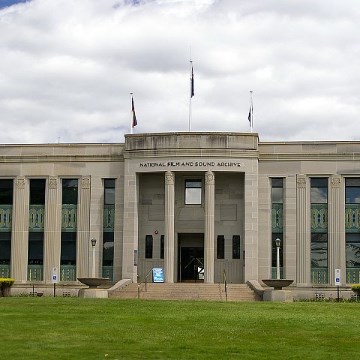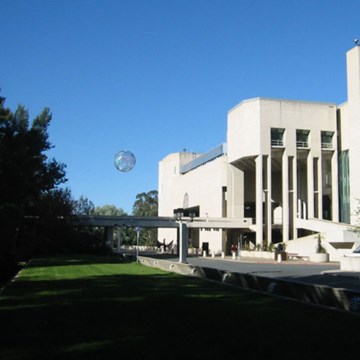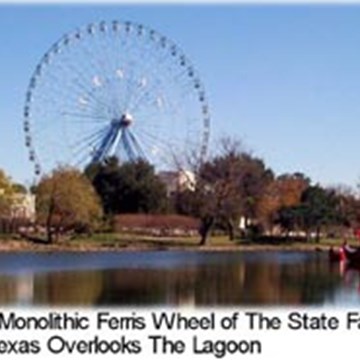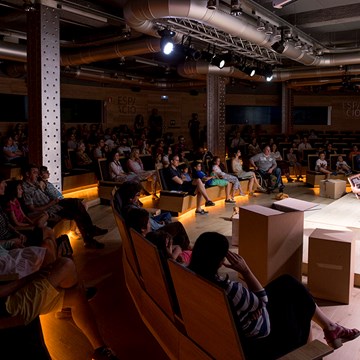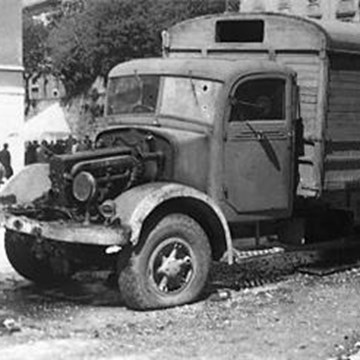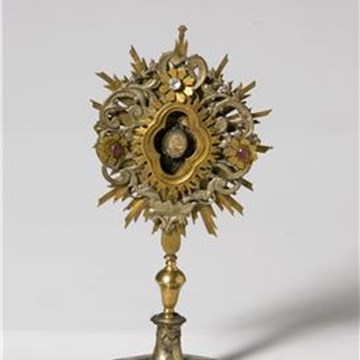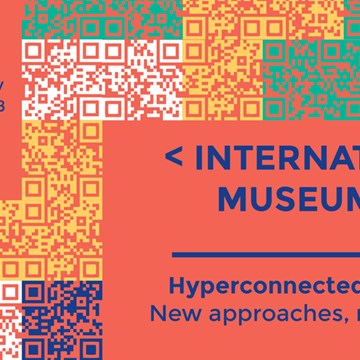Museum of Qin Terra-cotta Warriors and Horses
The Terracotta Army (Terracotta Warriors and Horses) are the most significant archeological excavations of the 20th century. Work is ongoing at this site, which is around 1.5 kilometers east of Emperor Qin Shi Huang's Mausoleum in Lintong, Xian, Shaanxi Province. It is a sight not to be missed by any visitor to China.
Upon ascending the throne at the age of 13 (in 246 BC), Qin Shi Huang, later the first Emperor of all China, had begun to work for his mausoleum. It took 11 years to finish. It is speculated that many buried treasures and sacrificial objects had accompanied the emperor in his after life. A group of peasants uncovered some pottery while digging for a well nearby the royal tomb in 1974. It caught the attention of archeologists immediately. They came to Xian in droves to study and to extend the digs. They had established beyond doubt that these artifacts were associated with the Qin Dynasty (211-206 BC).
The State Council authorized to build a museum on site in 1975. When completed, people from far and near came to visit. The Museum of Qin Terra Cotta Warriors and Horses have become landmarks on all visitors' itinerary.
Life size terracotta figures of warriors and horses arranged in battle formations are the star features at the museum. They are replicas of what the imperial guard should look like in those days of pomp and vigor.
The museum covers an area of 16,300 square meters, divided into three sections: No. 1 Pit, No. 2 Pit, and No. 3 Pit respectively. They were tagged in the order of their discoveries. No. 1 Pit is the largest, first opened to the public on China's National Day - Oct. 1st, 1979. There are columns of soldiers at the front, followed by war chariots at the back.
No. 2 Pit, found in 1976, is 20 meters northeast of No. 1 Pit. It contained over a thousand warriors and 90 chariots of wood. It was unveiled to the public in 1994.Archeologists came upon No. 3 Pit also in 1976, 25 meters northwest of No. 1 Pit. It looked like to be the command center of the armed forces. It went on display in 1989, with 68 warriors, a war chariot and four horses.
Altogether over 7,000 pottery soldiers, horses, chariots, and even weapons have been unearthed from these pits. Most of them have been restored to their former grandeur.
Since Oct. 1st, 2010 the Museum of Qin Terracotta Warriors and Horses and the Qin Shi Huang Mausoleum have been combined into one large attraction area, Emperor Qinshihuang's Mausoleum Site Museum, which also includes three other small sites opened in 2011. The Qin Shi Huang Mausoleum and the nearby three unopened sites (namely the Museum of Terracotta Acrobatics, the Museum of Terracotta Civil Officials and the Museum of Stone Armor) constitute the so-called Lishan Garden. Besides, 30 free shuttle buses have been available for visitors' convenience to travel between the Lishan Garden and the Museum of Qin Terracotta Warriors and Horses from then on.
The Terra Cotta Army is a sensational archeological find of all times. It has put Xian on the map for visitors. It was listed by UNESCO in 1987 as one of the world cultural heritages.
Getting Around:
30 shuttle buses are traveling between the Museum of Qin Terracotta Warriors and Horses and the Qin Shi Huang Mausoleum for tourists' convenience. One can take them for free by showing the entrance ticket.
Operating hours: 08:30-18:30
Tip: The museum is crowded in the morning because there are too many group visitors. Therefore, independent visitors may visit it in the early afternoon to avoid the crowds. However, they should not miss the last bus that returns from the museum to Xian at 19:00.
Source: Travel China Guide
Exhibitions and events
We don't have anything to show you here.
Educational programs
We don't have anything to show you here.
Collections
We don't have anything to show you here.




